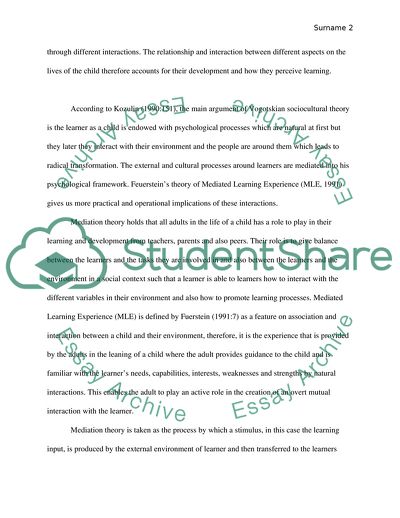Cite this document
(Mediation of Teachers in English Teaching Term Paper, n.d.)
Mediation of Teachers in English Teaching Term Paper. https://studentshare.org/education/1816980-mediation-of-teachers-in-english-teaching
Mediation of Teachers in English Teaching Term Paper. https://studentshare.org/education/1816980-mediation-of-teachers-in-english-teaching
(Mediation of Teachers in English Teaching Term Paper)
Mediation of Teachers in English Teaching Term Paper. https://studentshare.org/education/1816980-mediation-of-teachers-in-english-teaching.
Mediation of Teachers in English Teaching Term Paper. https://studentshare.org/education/1816980-mediation-of-teachers-in-english-teaching.
“Mediation of Teachers in English Teaching Term Paper”. https://studentshare.org/education/1816980-mediation-of-teachers-in-english-teaching.


